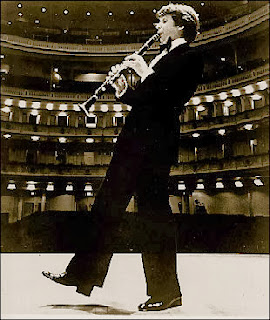ALMOST 40 YEARS AGO, when the ensemble that would become Second City was performing scenario plays in a bar in Chicago, they were asked to extend the length of their shows to allow more bar business. So they started improvising scenes. Improvisation calls on different acting techniques than scripted shows: an ability to be, Zen-like, “in the moment,” and an instinctive affirmation of anything your scene partners come up with.
Second City’s National Touring Company is a direct descendant of that tradition. Gone are the socially-conscious scenarios, replaced by sketch-comedy scenes, developed through improvisation and refined through performances. And the improvised finale is still part of the show.
Six young actors and a pianist turned the Egg’s bare stage into a restaurant, a hospital surgery, a clothing store, a fast-food restaurant and many more locations. Even though we saw no setting or costumes, we believed in the locations because the relationships among the actors were so compelling.




























